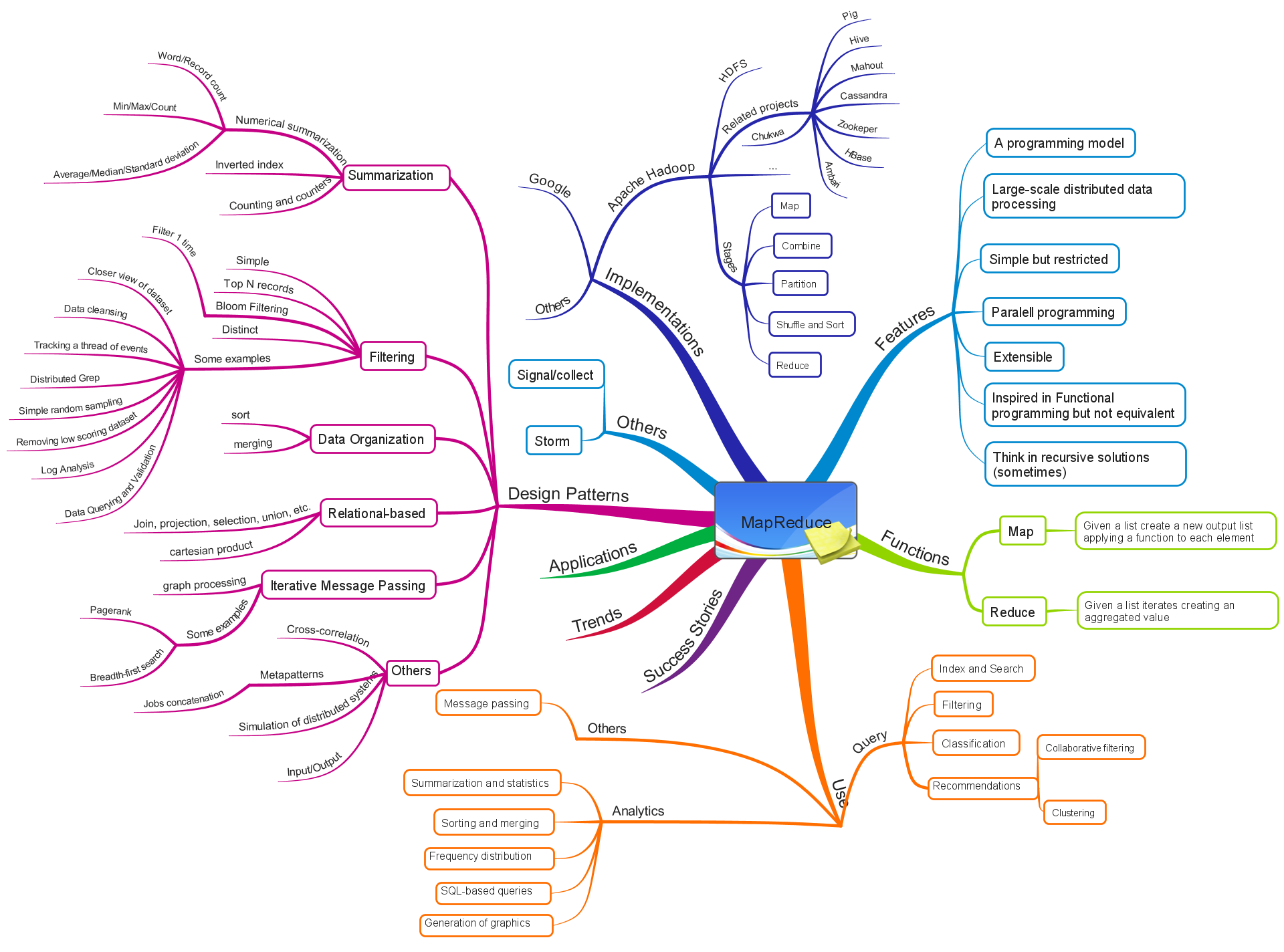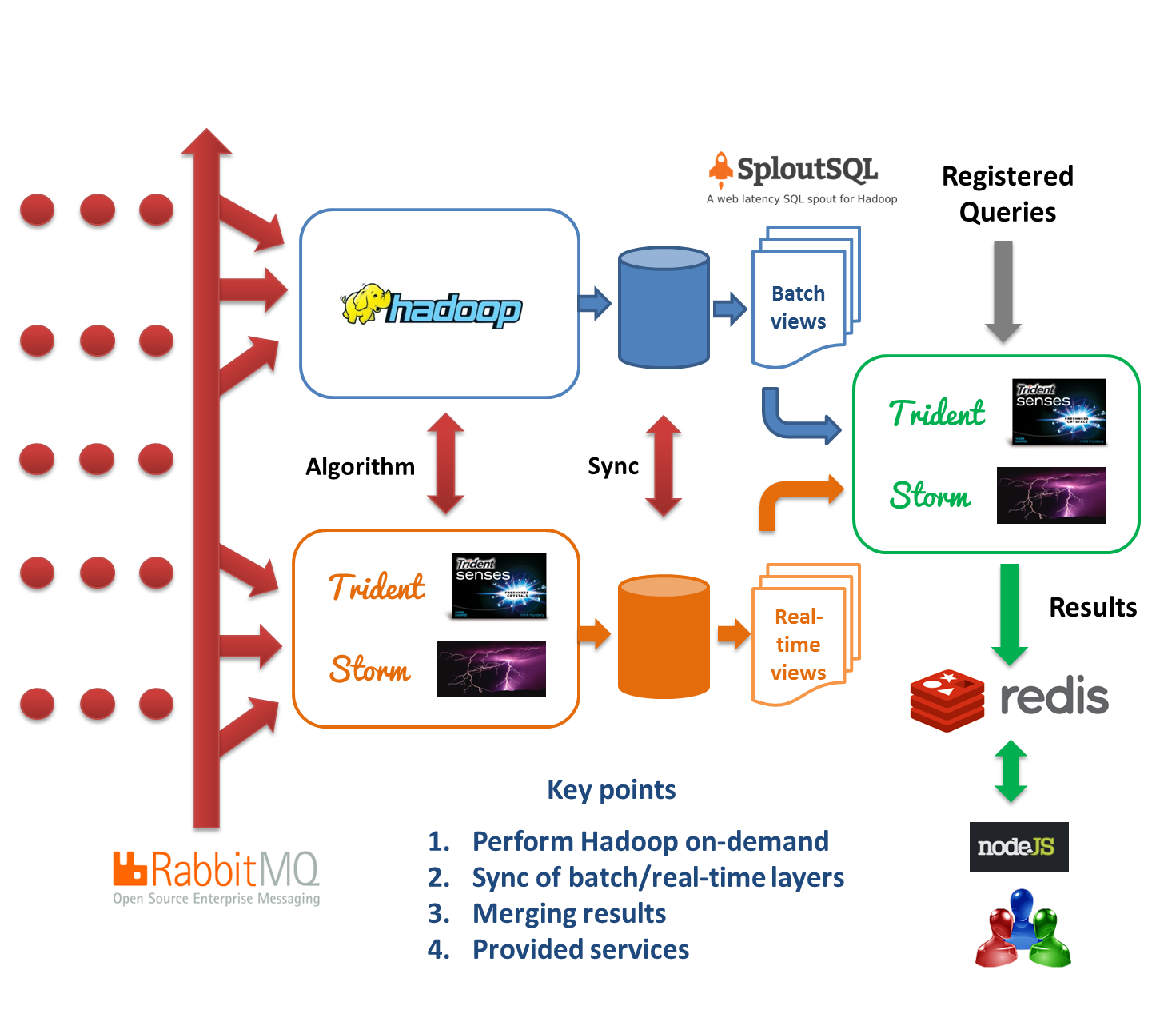Regarding the special issue in which I am a guest editor, please find the details in the next link.
Overview
E-Procurement refers to the use of electronic communications and transaction processing by government institutions and other public sector organizations when buying supplies and services or tendering public works. However, there is much more at stake than the mere changeover from paper based systems to ones using electronic communications for public procurement procedures. It should have the potential to yield important improvements in the efficiency of individual purchases, the overall administration of public procurement and the functioning of the markets for government contracts. The technology in this area may make it possible to automate the processes involved in the E-Procurement context besides features for supplier management and complex auctions should be included in by means of applying new technologies and methods in order to fulfill the requirements of this new realm of electronic businesses.
The new generation of E-Procurement is now on-demand or a software-as-a-service. There are seven main types of E-Procurement: 1) Web-based ERP (Enterprise Resource Planning) creating and approving purchasing requisitions, placing purchase orders and receiving goods and services by using a software system based on Internet technology; 2)e-MRO (Maintenance, Repair and Overhaul), the same as web-based ERP except that the goods and services ordered are non-product related MRO supplies; 3) e-sourcing, identifying new suppliers for a specific category of purchasing requirements using Internet technology; 4)e-tendering, sending requests for information and prices to suppliers and receiving the responses of suppliers using Internet technology; 5) e-reverse auctioning, using Internet technology to buy goods and services from a number of known or unknown suppliers; 6)e-informing, gathering and distributing purchasing information both from and to internal and external parties using Internet technology; 7) e-market sites, expands on Web-based ERP to open up value chains. Buying communities can access preferred suppliers’ products and services, add to shopping carts, create requisition, seek approval, receipt purchase orders and process electronic invoices with integration to suppliers’ supply chains and buyers’ financial systems.
The features and requirements of an E-Procurement system match the advantages and features of software component and knowledge-based architectures. In this sense, Information technology support for the next generation of E-Procurement systems is critical since this information technology needs to be: (1) Reusable, and (2) Rapidly changeable. Furthermore, it can be seen that the underlying software architecture of a supply chain solution also needs to be: (1) Agile, (2) Flexible, (3) Deployable over a multi-enterprise scope, (4) Multi-function support when used as a suite, (5) Handle complexity, (6) Enable collaboration, (7) Enable coordination and (8) Greener to provide new green supply chain environments. Under this context, Semantic Technologies have emerged as an option to develop digital assistants and agents with the ability to search products and services on the Web that correspond best to the specific needs of a certain user. Semantic Web enables machines to interpret data published in a machine-interpretable form on the Web. The emerging Semantic Technologies have the potential to deeply influence the further development of the Internet Economy and support the different stages of e-Procurement processes such as eNotification, eAccess, eSubmission, eEvaluation/eAwarding, eOrdering, eInvoicing and ePayment.
In the Semantic context, Linked Data is one of the main technological cornerstones of Semantic Technologies for the improvement of E-Procurement. Linked Data describes a method of publishing structured data so that it can be interlinked and become more useful. Currently research works are arising from a semantic perspective in order to solve and improve the interoperability, privacy, trust, quality, provenance, integration, transparency, lifecycle, etc. issues of this context. That is due the emerging Semantic technologies are open new development and business models in E-Procurement reusing the available information to deploy new innovative services of matchmaking, recommendation or tracking activities and trying to automate the processes involved in the E-Procurement sector. In that sense, existing solutions are taking advantage of these semantic approaches to deliver innovative and cost-effective information services. They are designed to add value to public sector information generated within the framework of public contracts published in EU Member States as well as the information generated by EU Institutions own activity.
The aim of this special issue is to collect innovative and high-quality research and industrial contributions regarding E-Procurement processes that can fulfill the needs of this new realm. This special issue aims at exploring the recent advances in the application of Semantic Technologies in the E-Procurement sector soliciting original scientific contributions in the form of theoretical, experimental and real research and case studies.
Submission Guidelines
Papers submitted must have not been published previously or under consideration for publication, though they may represent significant extensions of prior work. All submissions will be peer-reviewed following a double-blind review process. The objective is to apply very high standards of acceptance while ensuring fair, timely and efficient review cycles. The acceptance process will focus on those papers that address innovative contributions for adopting and implementing new techniques on E-Procurement applying semantic Web-based technologies.
Important dates and Timeline
- 1st of May 2013, full papers due (depending on the EES)
- 15th of May 2013, Chief editors desk review results
- 1st of July, 2013, ending the first round of reviews
- 15th of September 2013, revised papers due
- 1st of November 2013, ending the second round of reviews
- 1st of December 2013, final papers due


